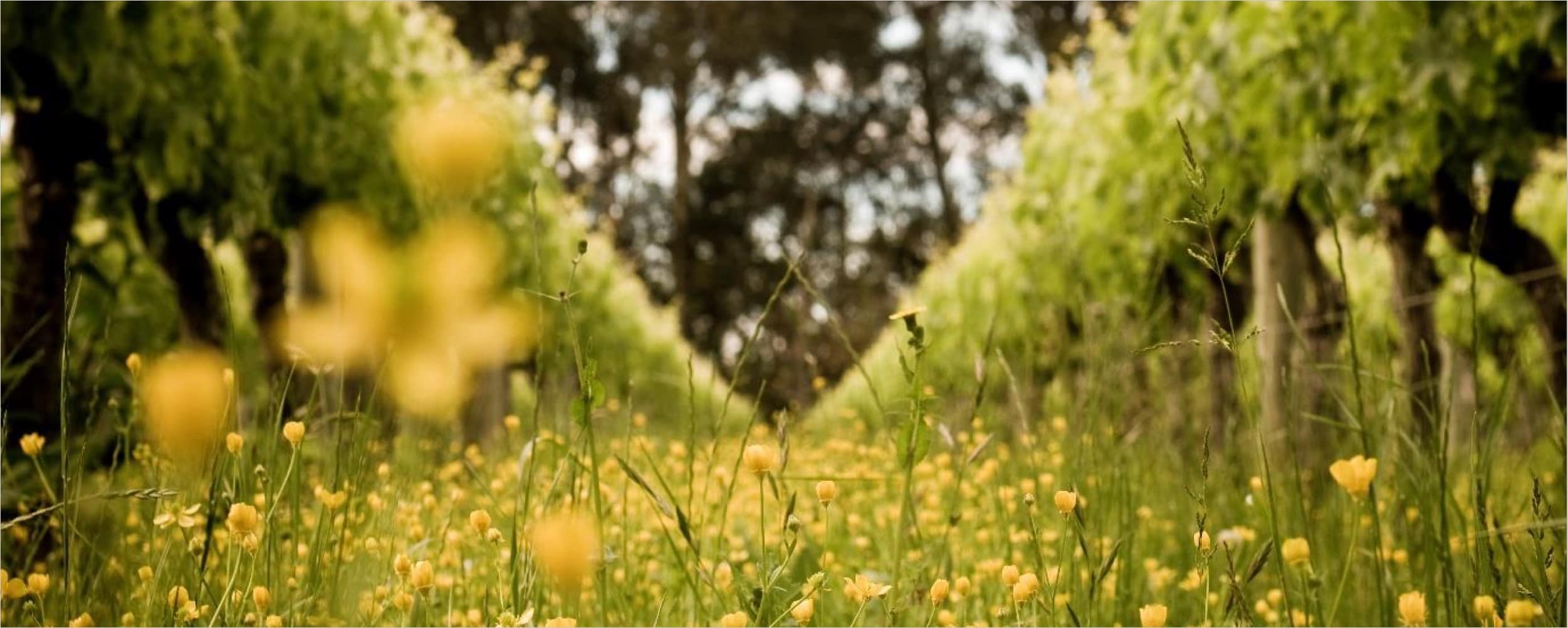The Bragato Research Winery is enabling winegrowers in all regions of New Zealand to explore and experiment with more sustainable processes on the vineyard.
Sustainability has been a guiding principle for the New Zealand wine industry for many years. Winegrowers throughout the country are challenging themselves to find improved practices that will
continue to protect the places that make New Zealand’s renowned wines.
BRI research is enabling winegrowers in all regions of New Zealand to explore and experiment with new sustainable initiatives and practices on the vineyard, while ensuring they don’t have unintended negative impacts on the quality of the wine.
Funding from the MBIE Regional Research Institutes (RRI) initiative contributed to the purpose-built Bragato Research Winery that opened in February 2020 in the Marlborough Research Centre, alongside key research and wine industry organisations. The Bragato Research Winery facilities and expertise enables industry to access research winemaking throughout the country, at a scale and control not previously possible in New Zealand.
Cloudy Bay: herbicide reduction trials
New Zealand’s soils are the foundation of the wine industry and maintaining the integrity of soils in our wine regions is an important area of focus for the industry. Viticulturists and winegrowers have important relationships with the soil because of its influence on the style and character of the resulting wines.
Cloudy Bay in Marlborough has set a directive to reduce their use of herbicide in the vineyard over five years. The application of herbicides to kill weeds and maintain bare soil in the undervine area is currently a common practice, to reduce competition for water and soil nutrients. Alex Easton, Technical Viticulturist at Cloudy Bay Vineyards says that Cloudy Bay have investigated alternatives to herbicides such as mowing, cultivation, living mulch, weed mats, and undervine cover cropping.
To understand how the herbicide alternatives affected the resulting wines from the trial sites, they enlisted the help of Bragato Research Winery. During the 2022 vintage period, Cloudy Bay harvested the fruit from the trial sites, and sent the fruit to the Research Winery, where Dr Tanya Rutan processed the grapes. The wines were made in BRI’s custom tanks that hold four 17-litre tanks to house four individual fermentations, all controlled under the same conditions. The finished wines were sent back to Cloudy Bay to assess the differences in wine quality.
Cloudy Bay determined that one of the most interesting alternatives to herbicide is undervine cover cropping. “We thought this idea had a lot of merit so we wanted to dive a lot deeper into that,” says Easton.
In 2020, BRI conducted a needs analysis for growers that defined what information they needed to implement undervine or interrow trials with confidence on vineyards. That analysis led to BRI developing a cover crop assessment book and a trial design fact sheet tailored as a practical tool for growers. Cloudy Bay created its own undervine cover cropping trial using the BRI trial design fact sheet.
Easton says, “With the help of the [BRI] fact sheet we were able to understand how to properly implement a randomized plot design easily. Having a robust scientific trial will mean the results will
have a lot more value. We’ll be able to take those results and with confidence apply them to the rest of our vineyards.”
Felton Road: drought tolerant rootstock trials
Felton Road is a small estate in Bannockburn, Central Otago. Bannockburn, located at the southern end of the Cromwell Valley, is one of the warmest and driest subregions in Central Otago. Harvest can be up to a month ahead of other subregions, and the extreme climate produces wines that are highly distinctive and complex.
Felton Road was exploring methods to adapt to the changing climate and has planted a range of drought-tolerant rootstocks. Being a quality-driven producer, Felton Road wanted to know how the
new rootstocks altered the character of the resulting wines.
Blair Walters, Winemaker at Felton Road, said they chose to work with BRI because they wanted to “bring some rigour and real absolutes” to the rootstock programme. He said, “it is difficult to have the resources in a small winery to conduct micro-vinification on this scale. BRI was set up with that express purpose in mind.”
The process of getting several boxes of freshly harvested grapes from a remote location in Central Otago to Marlborough was simple and efficient thanks to BRI’s partnership with Air New Zealand. “The logistics went very smoothly, and when the grapes arrived at BRI for processing, [Dr Tanya Rutan] said they were in perfect condition.” BRI created the wines and will send them back to Felton Road so they can evaluate any impacts from the different rootstocks in the finished wines.
Walters says their rootstock trial was a small experiment and describes it as “a toe in the water”. After the positive experience of working with BRI, he anticipates there will be other things on the
vineyard Felton Road would like to investigate further. “[The Bragato Research Winery is] a great tool, it’s going to be an incredibly valuable resource.”
The Bragato Research Winery is enabling winegrowers in all regions of New Zealand to explore and experiment with more sustainable processes on the vineyard. The Research Winery is accessible
throughout the country, connecting practically minded winegrowers to the research trials they need, so new sustainable initiatives can be implemented with confidence.
The specialised equipment in the RRI funded Research Winery can demonstrate the outcome of different techniques used in the vineyard on the finished wines, allowing winegrowers to continually improve their vineyard practices while removing the risk of unintended negative effects. BRI Research Winery manager Dr Tanya Rutan says, “People have creative ideas. It’s interesting to look at the different techniques that will be used in the future for sustainability in the wine industry.”

















